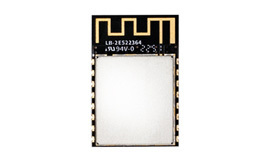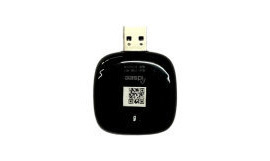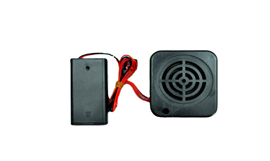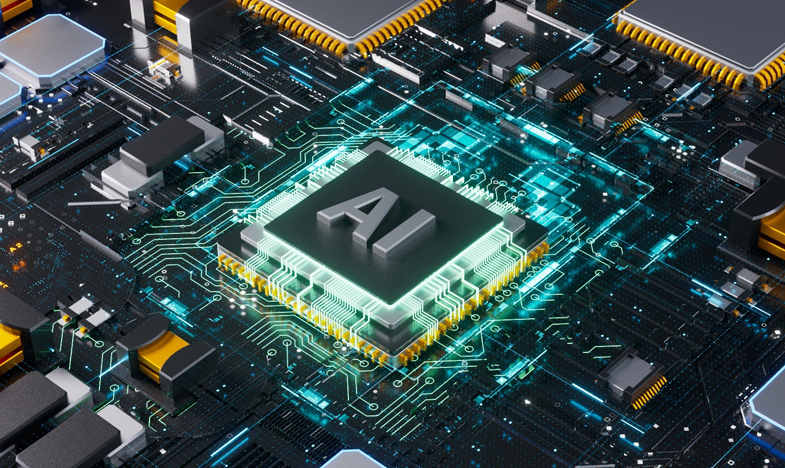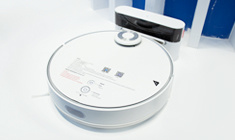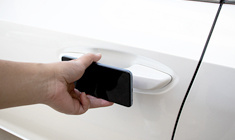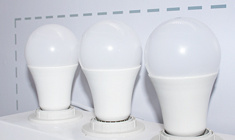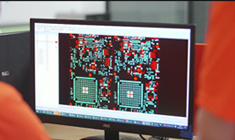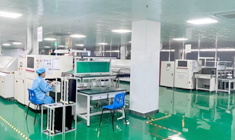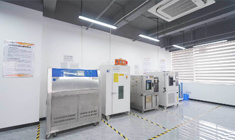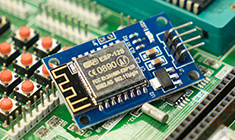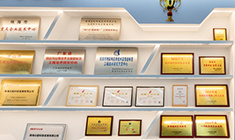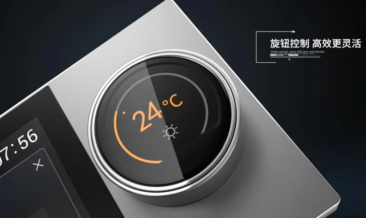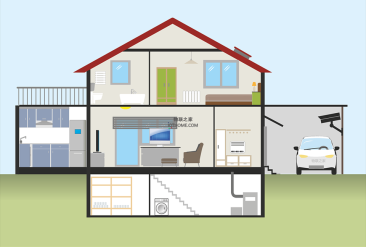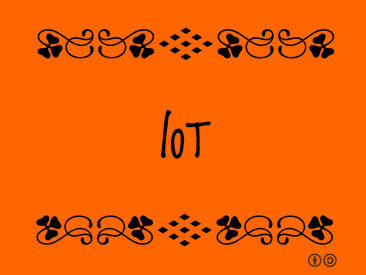
Three challenges to Internet of Things connectivity
Release Time:
2021-08-19
Connectivity is key for iot devices. After all, connectivity makes simple things part of the Internet of Things. Connectivity enables the data collected by iot devices to be analyzed, organized, and actually used.When developing new iot devices in the lab, achieving seamless, low-latency conne
Connectivity is key for iot devices. After all, connectivity makes simple things part of the Internet of Things. Connectivity enables the data collected by iot devices to be analyzed, organized, and actually used.
When developing new iot devices in the lab, achieving seamless, low-latency connectivity is very simple, but these are lab conditions. In the real world, connectivity is critical to the performance of new devices, so you need to get it right.
So what are the main challenges in providing reliable iot connectivity? There are three main areas to consider.
Challenge 1. Power consumption
Most iot devices are relatively small and simple, and run on battery power. In addition, they may be deployed in places that cannot be regularly maintained or upgraded. So energy efficiency is crucial.
Maximizing the energy efficiency of iot devices and ecosystems depends on choosing the right wireless access technology and radio frequency (RF) design. This ensures that power consumption is minimised first and that there is no unnecessary RF power output.
Challenge # 2: Bandwidth
As we all know, the Internet of Things is built on data. Any iot device will need to be able to collect and transmit data, and potentially collect data from other devices or a central control unit. But the bandwidth will vary depending on the type of connection protocol you're using, as well as the size of the final iot deployment. Will your device be one of the thousands that send request and response signals to your server? Will your equipment be spread over a wide geographic area, or limited to one building?
Then there's the type of data your iot device will transfer. Simple data, such as measuring temperature or weight at a fixed time -- means that the data to be transmitted is small and simple. Continuous tracking of specific parameters, such as location, requires more bandwidth. Rich data, such as audio and video streams, require a lot of bandwidth.
Challenge 3: Security
Security is a key consideration in any environment where data is collected, stored, analyzed, or transmitted. However, it has some special nuances when it comes to the Internet of Things.
First, iot devices are essentially endpoints that provide access to the network, and as such, they could be targets for malicious attackers. Moreover, many iot devices are too small and simple to integrate sophisticated security protection mechanisms on their own. These devices need to be properly authenticated and authorized to connect to the relevant network, and the data they send and receive must always be encrypted.
Connectivity in the iot ecosystem is flexible and takes many forms. Organizations can choose to use appropriate protocols and technologies when developing and deploying iot networks. However, when making these decisions, it is important to consider how to ensure efficient power consumption, adequate bandwidth, and strong security.
Reprinted in the House of Things

Guangdong Joinet IOT Technology Co.,Ltd
Manufacturing Base:
Joinet Technology Park,No. 168 Tanlong North Road,Tanzhou Town,Zhongshan City,Guangdong Province,China
Pre Sales Hotline:19966308713 13823973022
Switchboard:0760-8663 0003 (transferred) 523
Pre Sales Email:sw@znaiot.com

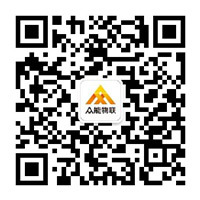
Contact Us:
Looking forward to your call anytime



